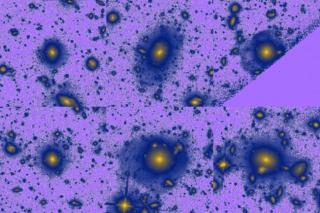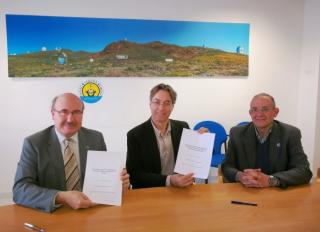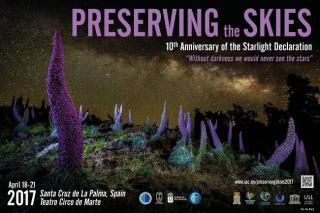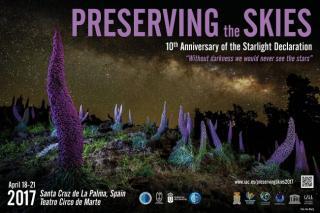
The most detailed study of the outskirts of massive elliptical galaxies at half the age of the Universe was carried out by an international team led by the Instituto de Astrofísica e Ciências do Espaço (IA) and with IAC participation. The study contributes to the understanding of how the largest galaxies of the Universe evolved over time.
Advertised on




